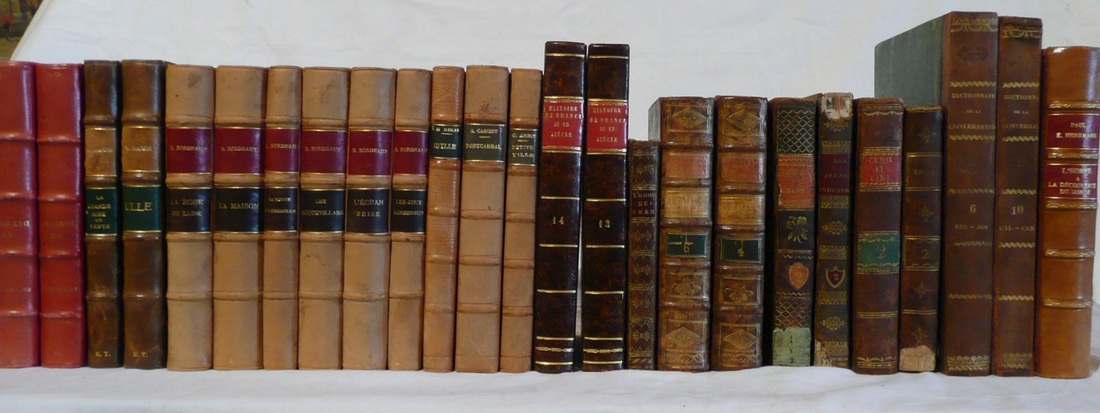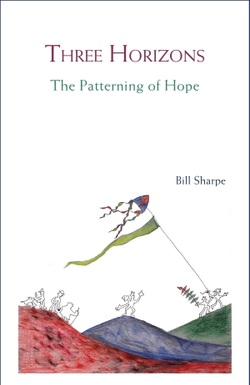The Three Horizons Model
The Three Horizons model is simple. Here's how IFF describe it: "The first horizon - H1 - is the dominant system at present. It represents ‘business as usual’. As the world changes, so aspects of business as usual begin to feel out of place or no longer fit for purpose. In the end ‘business as usual’ is superseded by new ways of doing things. Innovation has started already in light of the apparent short-comings of the first horizon system. This forms a second horizon - H2. At some point the innovations become more effective than the original system – this is a point of disruption. Clayton Christensen called it the ‘innovator’s dilemma’ – should you protect your core business that is on the wane or invest in the innovation that looks as if it might replace it? Meanwhile, there are other innovations happening already that today look way off beam. This is fringe activity. It feels like it is a long way from H1, based on fundamentally different premises. This is the third horizon - H3. It is the long term successor to business as usual – the radical innovation that introduces a completely new way of doing things. The model offers a simple way into a conversation about:
IFF has used this model with a number of different groups. One observation has been that most policy making, and most policy discussion, occurs by default in the first horizon. It is about fixing the failing system, innovating in order to maintain it, ‘keeping the lights on’. The extended model of the three horizons opens up a new policy domain for most people: second horizon policy making underpinned by third horizon aspirations. References: IFF's Three Horizons Model The Three Horizons Model applied to education |
Explore |


